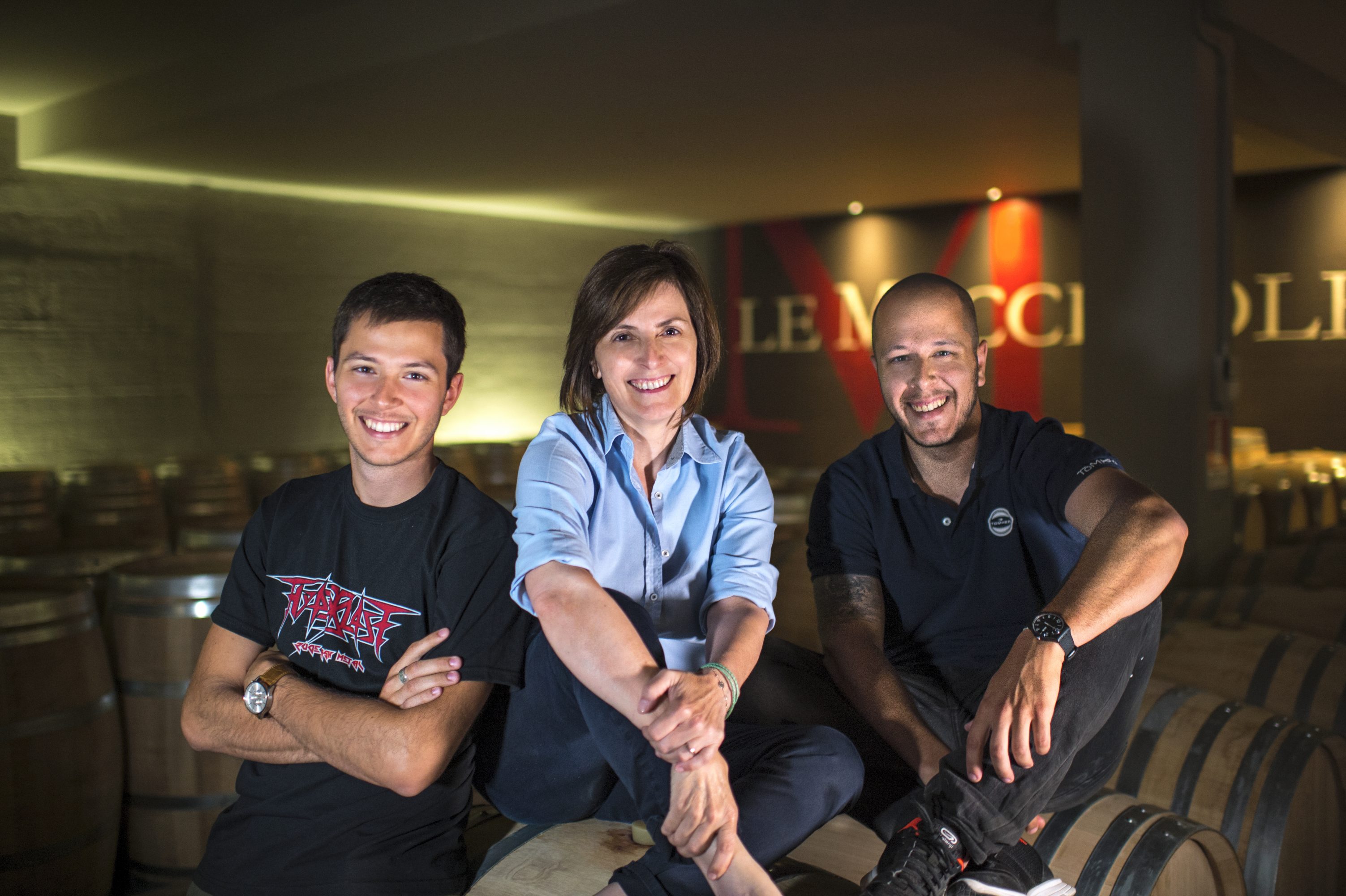Decanter’s regional editor, Georgina Hindle, reports that “outside of the Loire, Cabernet Franc often gets overlooked for the ‘other’ Cabernet, but this light, fresh and juicy grape is proving its versatility.” Cabernet Franc is characterized by its soft tannins and moderate acidity that provide exceptional charm and finessse by combining red fruit and intense floral notes. Furthermore, depending upon where the grape is grown, it can range from silky soft, like Pinot Noir, but also complex and structure, similar to Cabernet Sauvignon.
The 2016 Le Macchiole Paleo Rosso is highlighted as one of Italy’s best-known bottlings from Bolgheri in Tuscany. The wine received a score of 96 points and noted as “soft and round with great volume on the palate.”
To learm more about Cabernet Franc and Le Macchiole, read the full article HERE.
Related Wines

Le Macchiole
Le Macchiole Paleo Rosso 2016
Toscana IGT
Paleo Rosso has been called Italy's landmark expression of Cabernet Franc. It is named for a type of local wild grass, which once covered the land where its vines are now planted. Originally a blend of several different varieties, the wine has been made from 100% Cabernet Franc since 2001, and was the first mono varietal Cabernet Franc to be produced in Bolgheri. The grapes come from several vineyards on the estate, including Vignone, Madonnina, Puntone and Casa Nuova. Each vineyard is picked separately, and fruit from the same vineyard is often picked more than once at different stages of maturity, resulting in about 20 different pickings.
Related Producers
Le Macchiole
Bolgheri, Italy
Le Macchiole can best be defined as the “Boutique Bolgheri.” The winery is known for its spectacular single-varietal wines, and their signature grape varieties are Syrah, Merlot, and Cabernet Franc and work is always conducted with the priority being "the expression of the land." The winery continues to evolve in both the vineyards and in the cellar to allow the soil characteristics from this estate property to be the defining identity in the wines.

